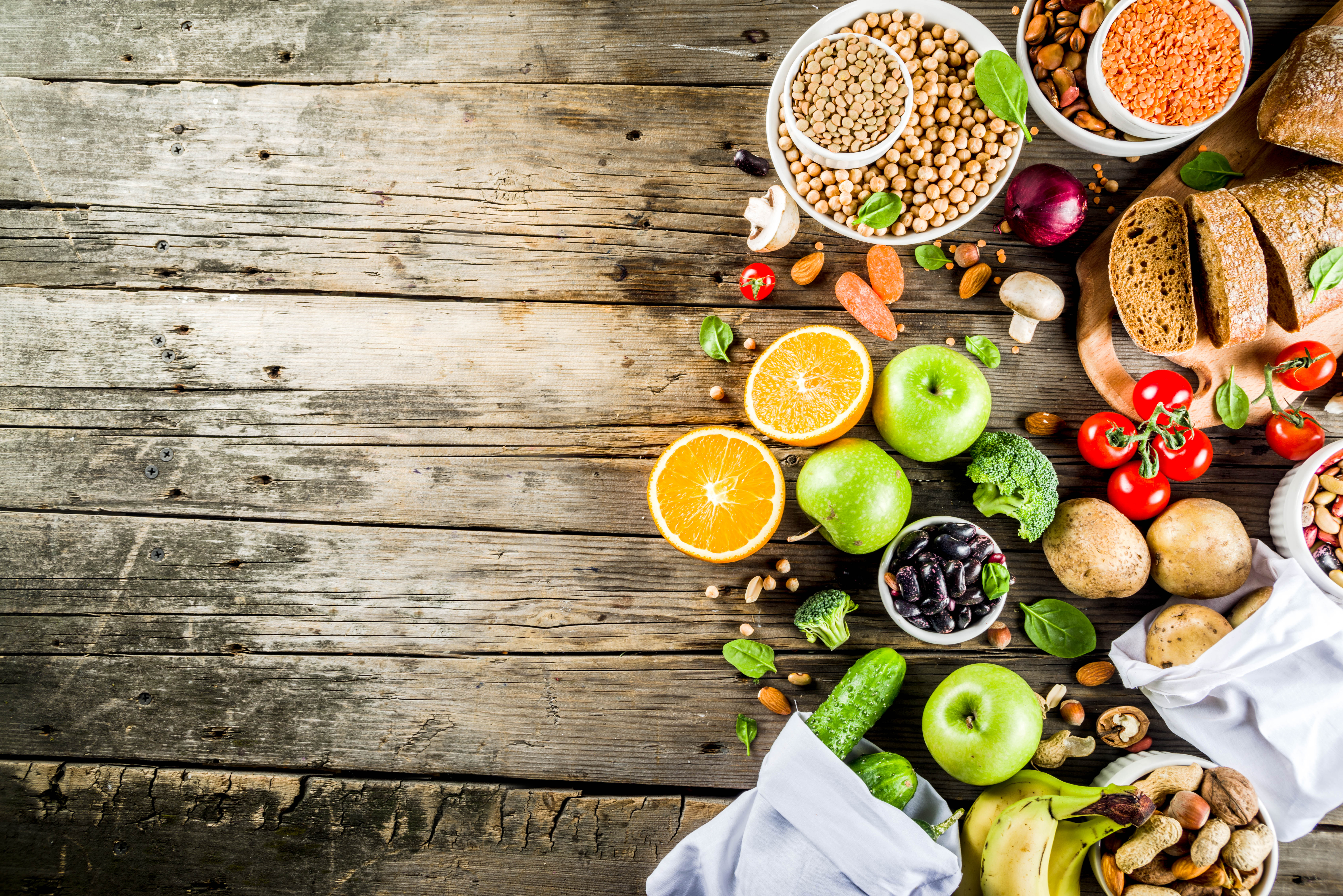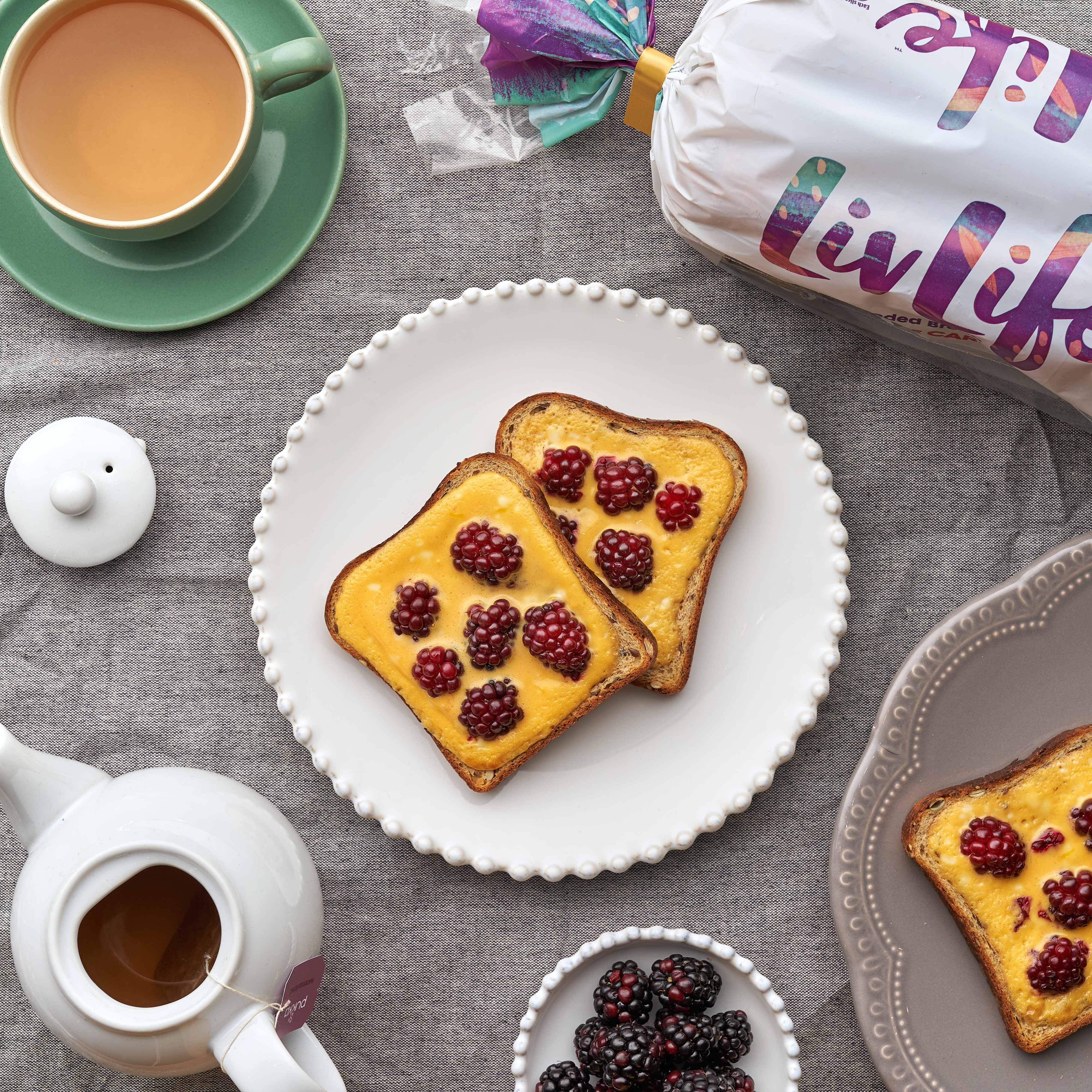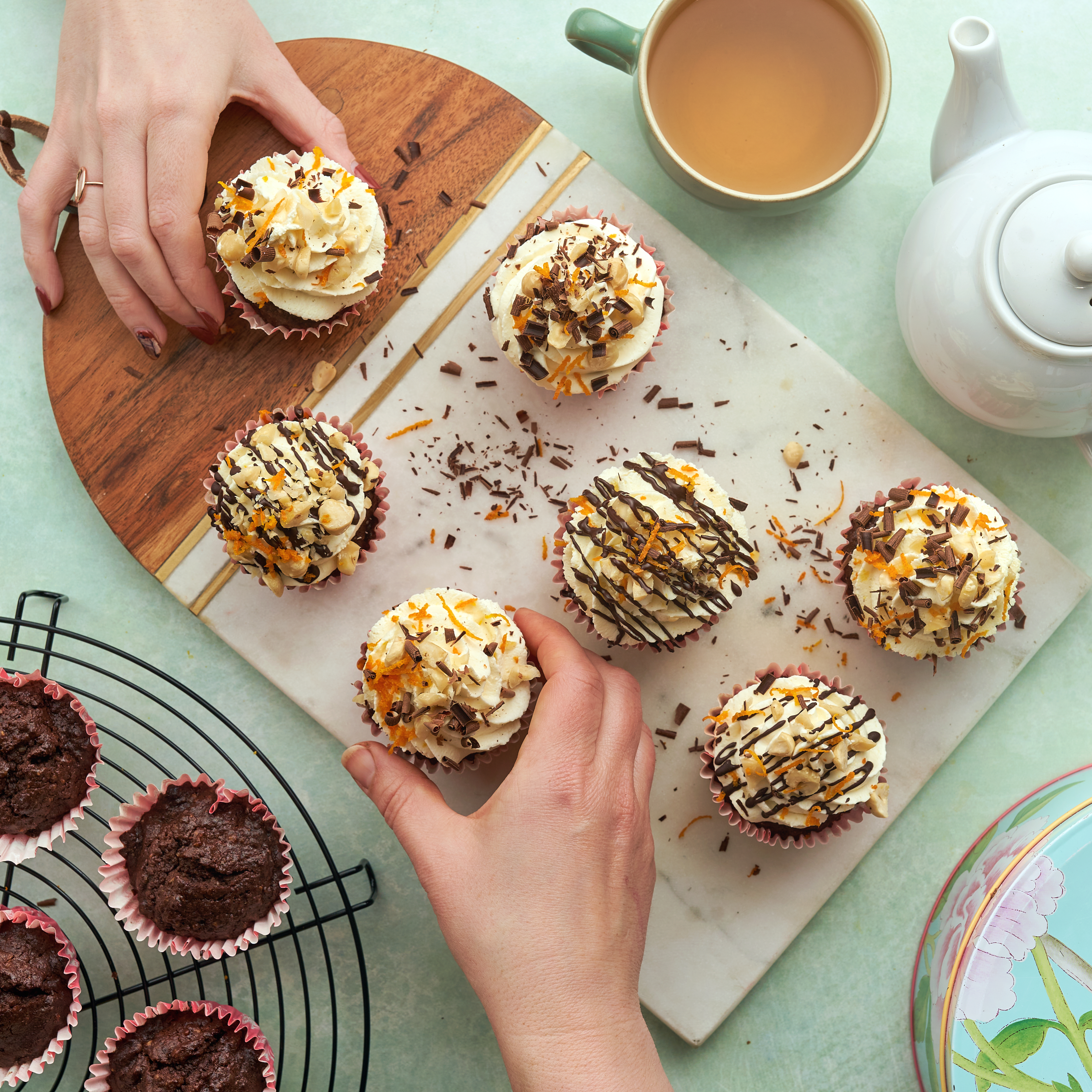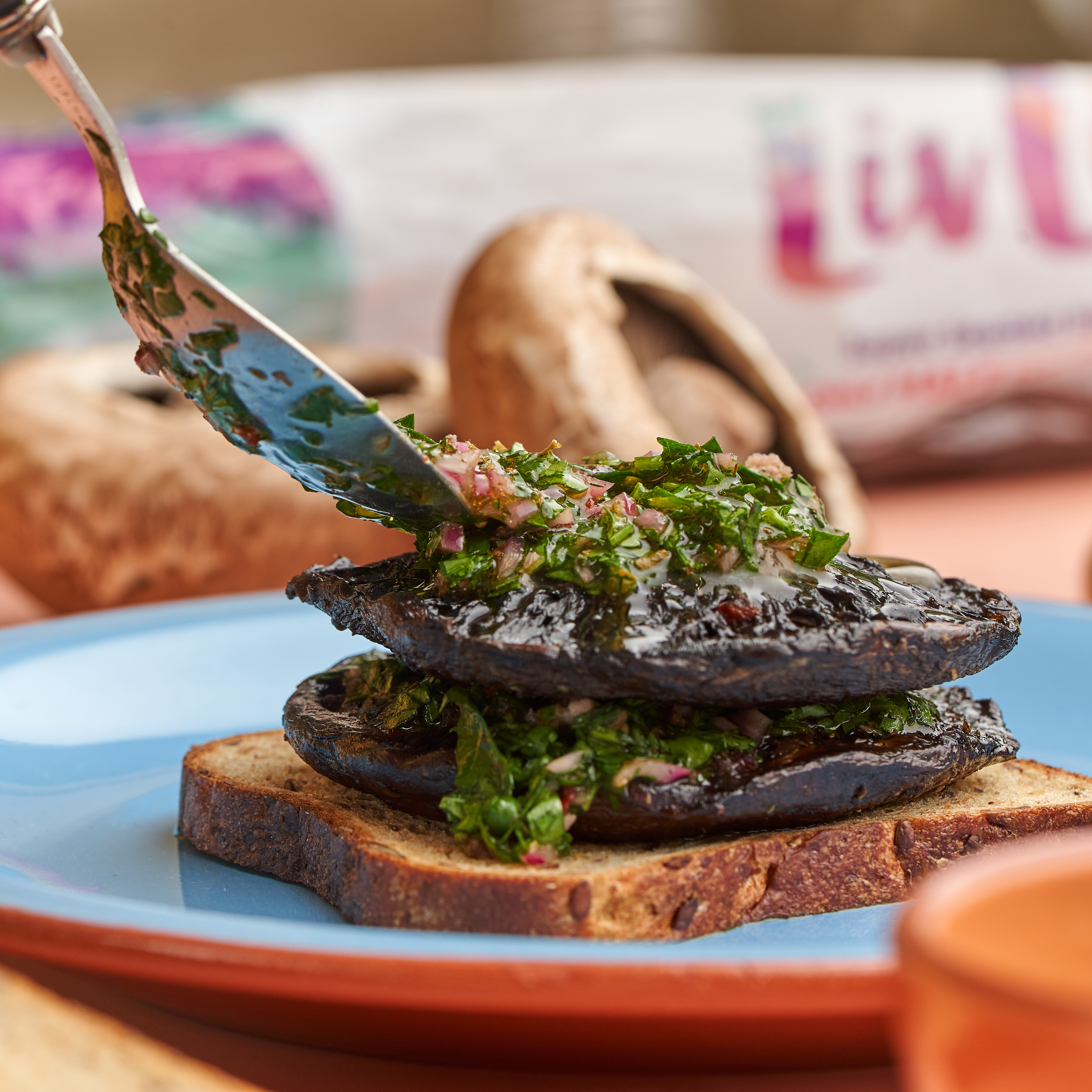January is the time of year that many of us think about improving our health and wellbeing. But it can sometimes feel like the information we need is overwhelming and even contradictory!
The benefit of reducing the amount of carbohydrates in our diets is one topic that is often discussed and debated. Carbohydrates provide us with energy, and they often taste delicious too – many are high in sugar.
While cutting out an entire food group is NEVER advisable, when it comes to carbs, it’s important to get the right balance. Particularly for anyone wanting to reduce their weight and offset or manage Type 2 diabetes. You can read our blog about the benefits of a low carb diet here.
If you are considering a low carb diet, here are some tips on how to incorporate it into your lifestyle.
The low-down on carbohydrates
Carbohydrates can be divided into two main groups:
- Starchy carbohydrates – these are the healthiest group and are found in foods like rice, bread, pasta, breakfast cereals and grains such as wheat and rye. It’s always best to pick wholegrain options, as they contain more fibre along with vitamins and minerals to keep us healthy.
- Sugary carbohydrates – these are found in foods like honey, syrup, fruit juice, sweets, cakes and biscuits. These foods are high in ‘free sugars’ and release glucose into our bloodstream more quickly, which is a problem for people who need to manage their insulin.
Generally, a low carb diet means not eating more 130 grams of carbs per day.
One of the best ways to reduce your carb intake is to reduce the amount of sugary carbohydrates you eat. This might sound tough, but don’t worry, there are still lots of ways to satisfy your sweet tooth!
Tips for getting started
1. Check the ingredients list for ‘free sugars’
If a food contains free sugars, they will always be included on the ingredients list.
Ingredients lists are always ordered by weight, with the main ingredient first. This means that if you see sugar near the top of the list, it is likely to contain a lot of free sugars.
It’s important to be aware that sugar can have different names. Look out for words like honey, cane sugar, high-fructose corn syrup, maltose, dextrose to name a few.
Some labels will state that a food has ‘no added sugars’. This means that sugar hasn’t been added, but it may exist naturally in the food. It’s aways important to look at the figure on the ingredients list.
2. Fill up on fresh fruit
Fruit is full of naturally occurring sugars and is a great thing to reach for if you fancy a sweet treat. As well as tasting amazing, it’s also packed with essential vitamins, minerals and fibre that will nourish your body.
Berries in particular are wonderful low carb option. Their high fibre content will help keep you full for longer, and they’re full of antioxidants too.
Tip: For a delicious low carb snack that will keep you feeling full, eat a bowl of blueberries alongside a slice of LivLife low carb bread with a nut butter spread. Or try our delicious recipe for a Bread and Butter Brunch here!
3. Enjoy dark chocolate in moderation
If you find yourself craving chocolate, try opting for the dark variety. Dark chocolate normally contains much less sugar than milk chocolate. And though it still contains fat and calories, the fact that it is less sweet means you’re unlikely to overindulge.
4. Make your own homemade snacks
Whether you prefer a sweet or savoury treat, there are lots of low carb options that you can whip up easily at home.
Try hummus served with cucumber sticks, chicken strips with a satay sauce or some simple boiled eggs on LivLife bread for a savoury treat. Nuts and seeds are an excellent low carb snack, so keep a box somewhere accessible.
For something sweeter, try whipping up fresh cream and serving with fruit. A sprinkle of a sugar alternative like stevia can help add some extra sweetness if you’re craving it!
5. Eat low carb bread
Bread is a staple in most people’s lives, but most people aren’t aware of how much sugar gets added to it during the manufacturing process. Not to mention the sugary starches present due to the high quantity of processed white flour.
By switching to a low carb bread such as LivLife, you will benefit from healthy wholegrains and seeds that are not only good for your health, but also help keep those sugar cravings away.
Remember, it takes time to adjust
At LivLife, we’re passionate about a holistic approach to health – eating more of the foods that nourish our bodies and make us feel good.
And there’s no need to avoid sugar completely to have a healthy diet. By focusing on eating naturally occurring sugars, like those mentioned above, you can continue to enjoy a daily sweet treat.
Eventually, the less sugar you have in your diet the sweeter foods will taste, naturally!
If you’re embarking on a new eating plan to manage a health condition, we’d always recommend consulting your doctor or dietician.
Good luck!




